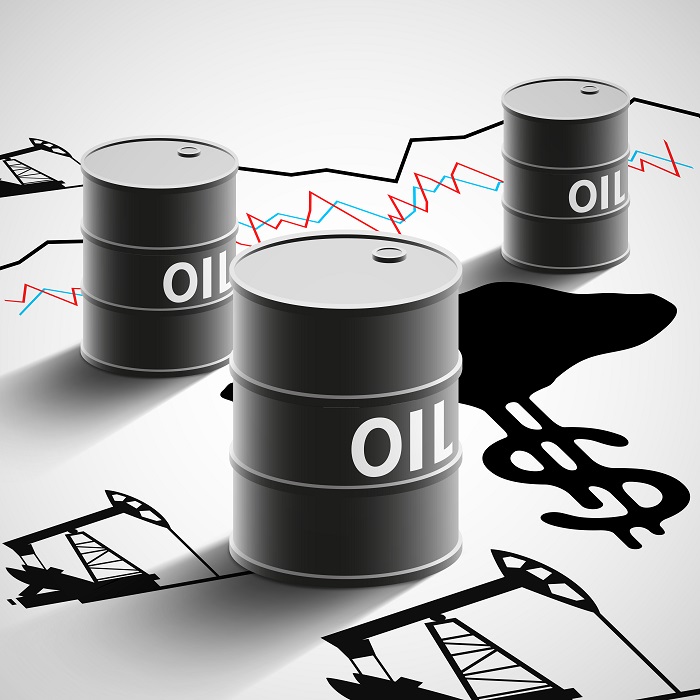When we read the news about the price of oil, the first thing we notice is the use of so-called "markers", which can be WTI, BRENT or DUBAI. To complicate matters further, there is the reference to the OPEC basket price. What are these markers and where do they come from in the oil market? The first time that I became genuinely interested in the oil price ups and downs, was in one of my first courses in my career. The course had nothing to do with finance or economics, much less about market prices of oil, it was about heavy oil. But as heavy oil is expensive to be produced in comparison with other crudes, the instructor used and example and said, “Today, the WTI is at 40 dollars per barrel.” I felt challenged to understand what these markers were, and started to find out more. So, in this brief article, I will summarize the subject in the most succinct way possible, as I am convinced it is worth sharing.

What Buyers Are Looking For
To assign a price to a crude oil, there are two characteristics that buyers, as well as intermediaries or speculators, who sell it, consider: The ease with which the crude in question can produce gasoline and diesel through its refining, and the cost of its transportation to the point of use.
If the crude has low sulfur content, it is called "sweet", and is more desirable than crude with a high sulfur content, which is not easily refined. Likewise, the low density crude, which is called "light", is subjected to refining processes that are quicker and simpler than heavy and extra-heavy crude, or bitumen type. In addition, from the point of view of transportation, the buyer will have to pay freight if the oil is transported by sea, or taxed if it is transported by oil pipelines, and in both cases, long distances increase the product’s associated costs.
Let’s Agree!
In this frame, buyers and those who speculate with crude prices need a simple and practical way of assigning value to the product, following its quality and location. Crude markers, against which all the crude oil in the world are compared and traded, are basically three: the Brent, which makes up almost 2/3 of the volume traded worldwide, the WTI, and Dubai.
Each one has well-defined and well-known characteristics, which allows the market to compare and quote other products, estimating transport costs and quality, assigning them an internationally accepted consensus price. The value of each marker is monitored, published and shared in the markets with detail, since it constantly changes, a product of the dynamics of supply and demand. They are quoted on the stock exchange, namely Brent at ICE (Intercontinental Exchange) in London, and WTI at NYMEX in New York.
The Main Markers
The Brent Marker: It is a light oil with very little sulfur, ideal for a large number of refineries, and also easy to transport to distant places. Brent is no more than a mixture of different North Sea crude oils, in particular Brent, Forties, Oseberg and Ekofisk. Almost two-thirds of the world's total crude oil is sold by reference to Brent crude and is traded in London. The density of the Brent marker is 38.06 degrees API.
The WTI Marker: WTI stands for West Texas Intermediate, and refers to crude produced from wells in the US. It is shipped to the famous city of Cushing, Oklahoma, through pipelines. As this oil is tied to production within the American continent, it is relatively expensive to export it by sea, a factor that weighs heavily at the time of its quotation, because on the other hand it is very light and contains low sulfur. The WTI continues to be the benchmark for all the oil consumed in the US, the world's largest oil consumer. It is traded in New York and its average API rating is 39.6.
The Dubai Scoreboard: Crude produced in the Middle East is a useful reference, especially for the market of heavier crudes than the Brent or WTI, because it has a higher density. Additionally, it has a higher sulfur content. It is composed of what is called a "basket" of products, in particular: crude from Dubai, Oman and Abu Dhabi. It is the benchmark for transactions involving Middle East oils, which are shipped to the
Asian market.
The OPEC Basket
There is another marker that more than for reference is also used for speculative purposes, which is the so-called "OPEC Basket". This basket allows the calculation of a price that is the average of 15 different crude oils produced in member countries of OPEC, the Organization of Oil Producing Countries, of which Kuwait is a founding member. The crudes that shape this basket are the Saharan Blend (Algeria); The Sunflower (Angola); East (Ecuador); Mine (Indonesia); Iran Heavy (Iran); Basra Light (Iraq); KEC Kuwait Export Crude (Kuwait); Saudi Crude (Kingdom of Saudi Arabia); Murban (United Arab Emirates); and BCF17 Bolívar Coastal Fields 17 (Venezuela). The average API of this basket is 32.7 degrees API.
Future Sales and Oil OptionsThe crude market moved from the spot market, that is to say, almost immediate purchases, where the price was accredited and a delivery was accepted within a few days or weeks to futures markets. After the first oil crisis in the 1970s, refineries and consumer governments began to establish "futures" contracts, in which buyers tie the purchase to a marker, months (and in some cases, years) in advance, trying to avoid with this strategy falling into the ups and downs so typical of the sector. Forward sales are made to controlled entities, and Brent associates are made in ICE Futures Europe, WTI partners, NYMEX (New York Mercantile Exchange), and Dubai partners in the Dubai Mercantile Exchange. The minimum volume to buy in Future Sales is 1,000 barrels.
In addition to futures sales, there are "options", which are investments in options, linked to a particular marker. These are also focused on avoiding fluctuations and risks: if the price of a particular oil soars, the owner of a purchase option would have the right to buy a certain number of barrels at a pre-determined price.

Price Difference: Brent – WTI (Spread)
There is a lot of speculative interest in the differences between Brent and WTI, because there are options based on this difference, or "spread". Previously, before September 2010, the price difference between Brent and WTI was fairly consistent and relatively stable, set at $3 per barrel, but afterwards the difference amplified, and Brent cost $11 more than the WTI in February 2011, and up $23 more in August 2012. More recently, Brent is quoted at around $51 and the WTI a few dollars less per barrel, bringing the spread to about $2.34 per barrel.
Given the large number of crudes of varying characteristics and the differences between points of purchase and production, the use of references such as the markers described is extremely useful and allows anchoring the price estimates at a global level in a structured way.